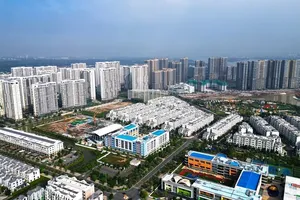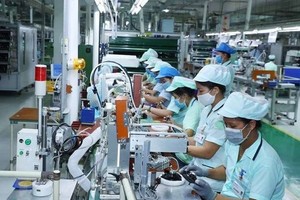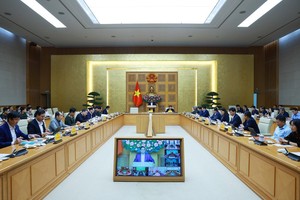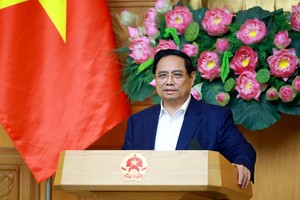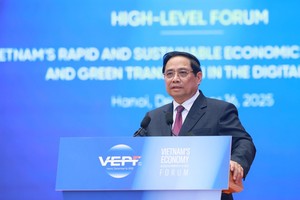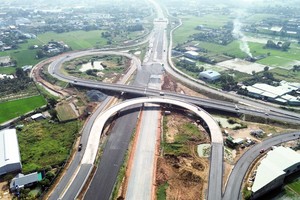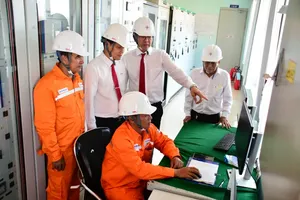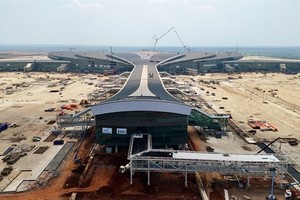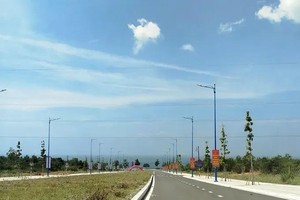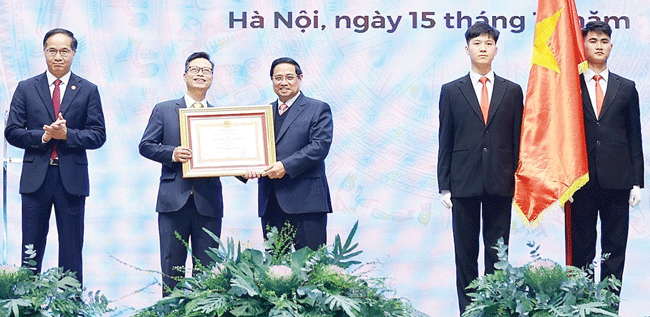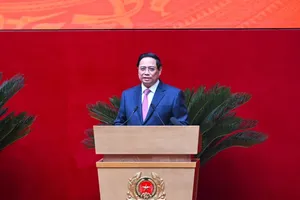Vietnam’s economy is recovering after the global economic crisis and companies have resumed recruitment efforts, but many enterprises still face a serious shortage of labor due to a gap between supply and demand, a labor official said.
Speaking to SGGP, Nguyen Thi Hai Van, director of the National Center for Labor Market Forecasting and Information, said: “The main cause of the labor shortage, of both skilled and unskilled workers, is poor strategizing in terms of training.”
Ms. Van said that many vocational training courses have been organized in Vietnam, but the programs fail to turn out graduates who meet employers’ needs. “Jobs and job-seekers are not being matched effectively because job candidates’ skills do not meet employers’ standards,” she said.
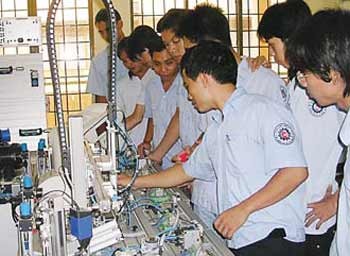
In addition, many vocational trainees seek easy jobs, resulting in a lack of highly skilled workers.
In Ho Chi Minh City, high employee turnover is another headache for companies. The city’s current turnover rate stands at around 25-30 percent. The main reason, according to Ms. Van, is that workers will easily quit their jobs for better-paying ones and a better working environment.
Recently, more people have also been quitting their jobs at State-run enterprises in favor of jobs in the private sector, especially in the fields of education, health, and businesses administration, said Ms. Van.
In trying to build up their workforce, many local companies also continually offer incentives to attract new employees, thus causing a high degree of instability in the labor market.
“Businesses need to encourage their own workers by offering them incentives, or otherwise risk losing them,” Tran Anh Tuan, deputy director of the HCMC Center for Forecasting Manpower Needs and Labor Market, said.
At a recent meeting between city leaders and agencies, several foreign investors complained that they faced a shortage of qualified workers. They said this reflects the poor quality of vocational training in Vietnam and that many enterprises have yet to pay due attention to improving their workers’ skills.
However, experts said that investors should also take initiative in training workers.
HR training needs prioritization
To resolve the problems of labor supply and demand, experts say that issues related to: personnel structure; the appropriate assignment of jobs to employees; and wages, need to be addressed to meet Vietnam’s socioeconomic development targets.
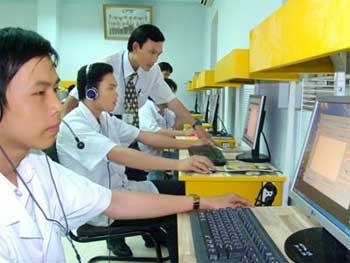
In particular, the country is facing a serious dearth of high-quality human resources in the course of implementing development projects, warned Dr. Hoang Van Chau, headmaster of the Foreign Trade University.
As a result, many foreign investors are forced to recruit foreign workers from the Philippines, Singapore and China to replace unqualified local workers, he said.
Developed countries have invested greatly in training human resources, which has helped them in terms of international economic integration, Mr. Chau added.
Therefore, it is imperative that Vietnamese businesses invest more in human resources training if they are to develop in a sustainable manner, he said.
To recruit workers that meet their needs, businesses should communicate directly with training centers and clearly indicate their criteria for qualified workers, said Nguyen Thanh Hiep, head of the Vocational Education Office under the HCMC Department of Labor, War Invalids and Social Affairs.
Companies should be willing to receive students on probation to help them practice skills before graduation to meet practical requirements of the labor market, he added.
Related article:
Cities face worker shortage, provinces report high unemployment


